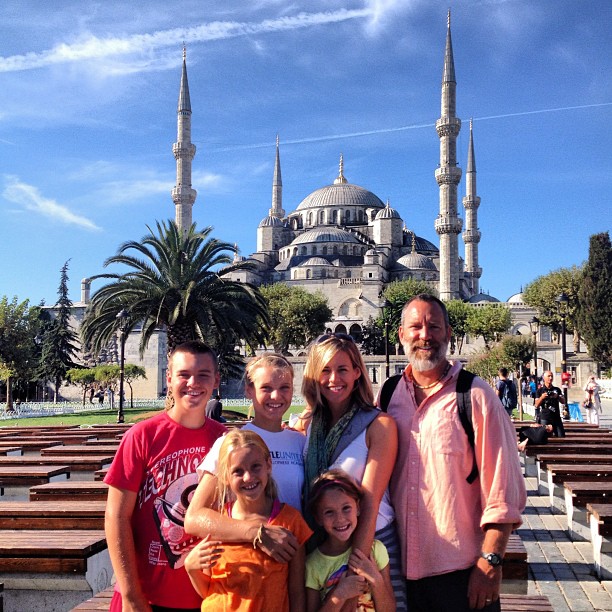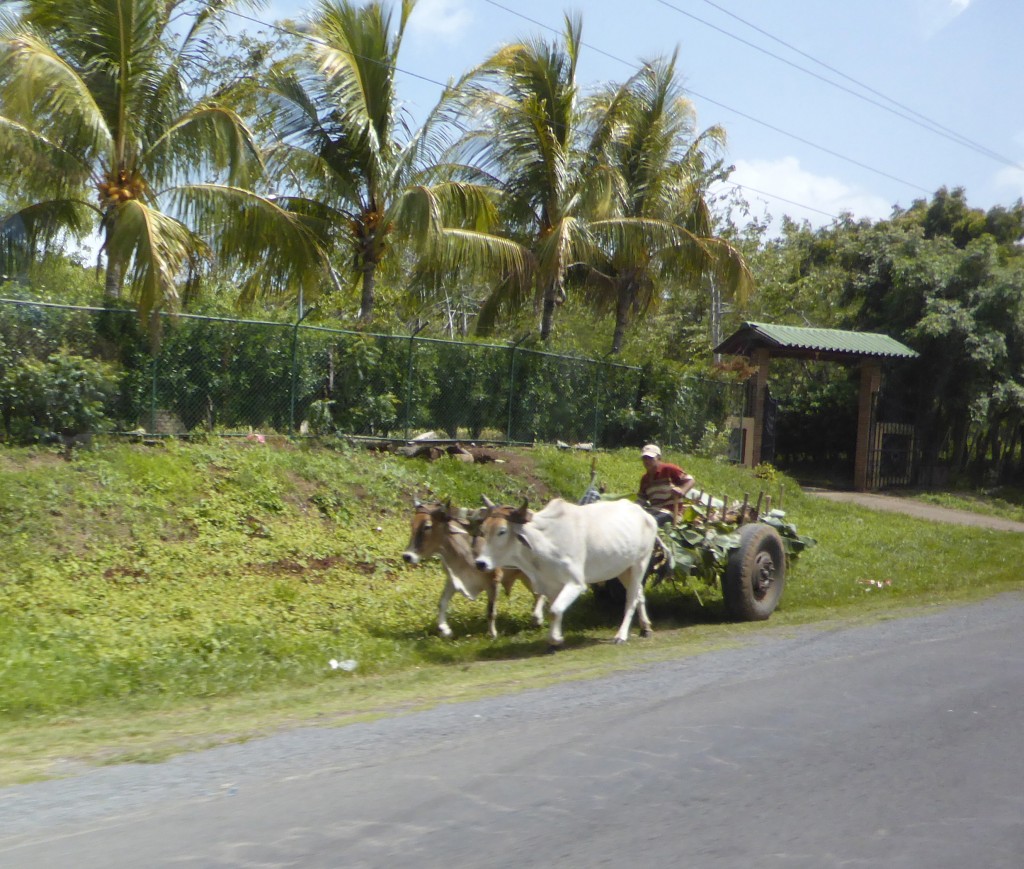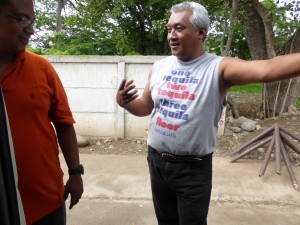I like to climb towers. I like the way the narrow stairs spiral up inside the cool stone windowless walls, the way the well-worn foot treads lead you onward, higher and higher until you emerge onto the last level and suddenly see the vista for the first time, a new perspective on the city you have meandered around on foot far below. From up high, you notice things you couldn’t see from the ground. Two months ago, when I climbed the Petrin Tower in Prague, the city below looked like it did on the maps I had been studying, and I felt like I really understood what I was looking at for the first time as we pointed out landmarks that we recognized. A few weeks ago, when I climbed the Belfry of St. Domnius in Split, I could see Diocletian’s palace from above, and all the people that we had just been seeing a few minutes earlier in the Peristyle (main square). Today, when I climbed the famous leaning tower in Pisa, there was a soccer stadium filled with chanting fans and athletes. As we had walked from the parking lot to the walls of Pisa’s Old Town earlier, I had seen a few police cars and a few men wearing jerseys (which isn’t too unusual in any city), but I had remarked that there might be a match today. It was fun to get to the top of the tower and see the game going on.
I have tried to convince my tribe to climb with me in several cities, sometimes getting a few takers, and other times, being completely denied and choosing not to do the climb alone while making the rest of the crew wait for me. Pisa was different, though. In my mind, we had come to climb the tower, and maybe take a few fun photos of us holding the tower up from the ground. So when I got to the ticket counter and realized that it was 18 euros/each to climb (ouch), I went ahead and bought the tickets. Even Vivian, who typically is asked to pass for five years old, got a ticket today. The minimum age to climb the tower is 8 years old. Kids ages 8-12 have to hold hands with an adult at all times, and kids ages 13-18 have to accompany an adult on the climb. As I stood there in line, I did the math. For 72 euros, four of us could climb the tower, while one of stayed behind with Vivian. Of
The field of miracles -arguably the best people watching in all of Europe as all manners of poses are attempted to make it look like someone is either holding up or pushing down the tower.
course, there would be a tense game of ro-sham-beaux to choose who got to climb. That also meant that either Jon or I would be trying to hold two of the kids’ hands (unless Molly lost out – which is never a pretty scene). I concluded that the best approach was to shell out the 108 euros for a once in a lifetime experience, age Vivian by a couple of years, and climb the tower as one harmonious family. Jon didn’t know any of this, but of course, he asked as we were waiting in line for our appointed 14:45 climb time (they send you up in small herds every 20 minutes), and the cat was out of the bag. Well, if that is the last tower I trick him into climbing, it was worth it. Some facts about the tower: It was started in 1173, and a few years later, after the base was finished, the architects realized that the base was sinking, and the tower was leaning. The soil there is marshy and the foundation was only 13 feet. Well, they kept building, adding four stories to the visibly leaning tower. Then construction halted until 1272, and the next architect tried to correct the lean by cantilevering them in the opposite direction. 100 years later, the final belfry was put on top, again at an angle (1350-72). The tower continued to lean, especially after some of the groundwater was pumped out in the 1800’s (which actually worsened the problem). Finally, in 1990, the tower closed and a $30 million repair job ensued. Now the tower is stabilized at a 5 degree tilt (15 feet off vertical), which doesn’t sound like much until you are standing there looking at it! If you actually look around the Field of Miracles (the lawn around the tower and neighboring Cathedral and Baptistery), you can see that all the buildings are tilted just a bit. When you combine that view with all the giddy tourists trying out goofy “holding the tower up” poses, it begins to feel like we are at the mad hatter’s tea party.
The cathedral (dating to 1063) was a bit of a surprise as well, with an impressive Pisan Romanesque facade, enormous bronze doors with 24 different panels depicting the life of Christ. Inside, there were more surprises, including the 320 foot nave, huge mosaic domes covered in gold and colorful tiles, and even a dead body in a glass casket (St. Ranieri – no relation to the mountain, or the beer).
After a half-hearted attempt to see a little of Pisa outside the Field of Miracles, we turned back towards the car, hungry and wanting to find a place to eat dinner in neighboring Lucca. Lucca is another fortified city (like so many that we have seen around Tuscany), and it is in remarkably pristine condition since it was never involved in any battles after the 1430’s. The ramparts of Lucca have been transformed into a 2.5 mile scenic walking and biking path. It reminded me a little of Greenlake except that instead of a shallow lake in the middle, there is a charming little pedestrian-only cobblestoned village. But it has that same great community vibe where it feels like the entire town is outside, enjoying the views and the walking or riding around the loop.
We arrived in Lucca around 5:00 pm already hungry, and we settled for a little stand-up snack to stave off the grumpies while we waited for the restaurants to open for dinner at 7:30 pm. To pass the time, we rented some quad-bikes which have two pedal seats and two places up front for small riders. They also have bright little canopies, a little bell, a hand break, and one working steering wheel. I have no idea what they were called for real, but I’m sure the locals have come up with some choice names for them, judging from the daggers we were getting as we wheeled around the ramparts in them. Anyhow, we split up in two groups, Jon driving one cart, with Molly riding shotgun and Maggie sitting up front, acting as a radio, providing musical entertainment. In our cart, Vivian was riding up front like a coxswain, shouting out competitive jeers and urging us to go faster or shoot the gap. As we pulled into the throngs of people, I was feeling a little fearful when I realized that David had control of the steering wheel
, the handbrake (and the bell) and in fact all I could do was reflexively grab the “inoperable” steering wheel on my side of the car every time we nearly sideswiped a pedestrian (or I could just freak out and cover my eyes). David drove pretty well, especially considering he had plenty of distractions to deal with: me gasping and yelling at him to “watch out”, Vivian waving her arms in front of him, dogs and kids walking off-leash, trying to race his Dad AND checking out the pretty Italian girls along the path. Driver’s training should be a breeze.




